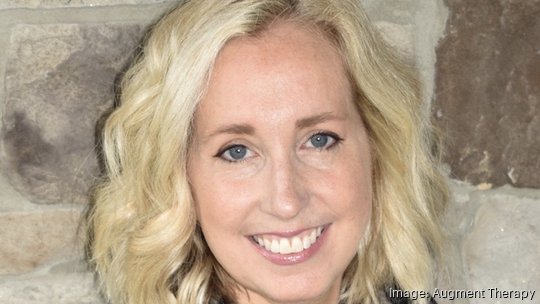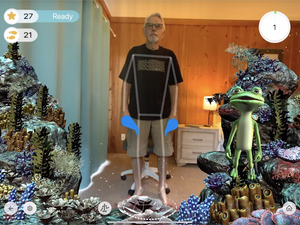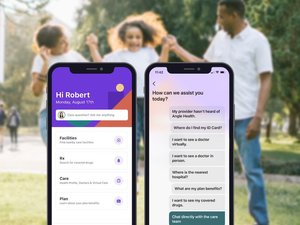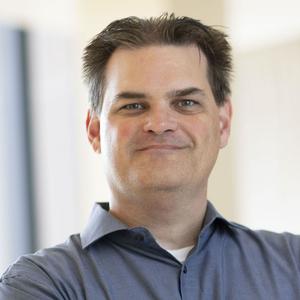
Lindsay Watson used to see patients' faces fall when she walked into the room because they associated her visits with painful physical therapy they didn't want to do.
So Watson and her collaborators developed software that uses augmented reality to make physical therapy into a game, first, for children, then for adults. Her startup, Augment Therapy, recently landed $1 million in funding from CareSource, the managed health care association based in the Dayton, Ohio, area.
So far Augment Therapy has raised more than $4 million to develop software that has been tested and refined primarily at Rainbow Babies & Children's, which is part of University Hospitals in Cleveland. A consumer version of the software is due out soon.
The Cleveland Business Journal talked with Watson about why and how she developed software to help patients — starting with children — do their physical therapy. This interview has been edited for clarity and brevity.
What inspired you to gamify physical therapy?
Physical therapists have to keep their finger on the pulse of what motivates people. And through years of work, I noticed a shift toward technology, especially for children. If done the right way, technology can empower patients to get better faster by harnessing their own power.
I would daydream about turning a mirror game I played with children into a digital solution. I was fascinated with using patient-facing augmented reality as a "digital mirror" to motivate patients to do physical therapy.
How did you start your technology company?
I knew nothing about building a business or technology, but I knew the consumer. I had a vision of how the technology should work. I spent a year and a half by myself, finding people to build a prototype, building a business model plan, reading books like How to Build a Business for Dummies. Then I found my company's co-founder, Steve Blake.
We are the definition of what tech founders are not. I'm in my forties, a female and a clinician who doesn't have an MBA. He is in his sixties, has built augmented and virtual reality pediatric and educational software for more than 30 years and was winding down his career. But he was looking for his opus.
What was it like starting up during the pandemic?
We have had an enormous lift from people embracing technology in their medical practices, but also the hardship of hospitals — our first customers — having little or no extra money yet recognizing the power that our software could bring. We have felt all of those challenges, so we're still taking baby steps.
What stage is your startup at now?
We are in a growth stage. We're still in the seed or seed-plus stage of financing and still raising money. We're deep in validation, research and data to prove the efficacy of what we're doing and the value of the anecdotal data we already have. Our software's been in use in hospital, outpatient and at-home settings for more than three years.
What's it like having a health insurer as an investor?
The good thing is, we are masters of this domain, which is digital tools. All the hospitals and payers are in the process of leveling up because they recognize that the only way they can reach all of their members in any location at any time is through technology and digital health solutions.






